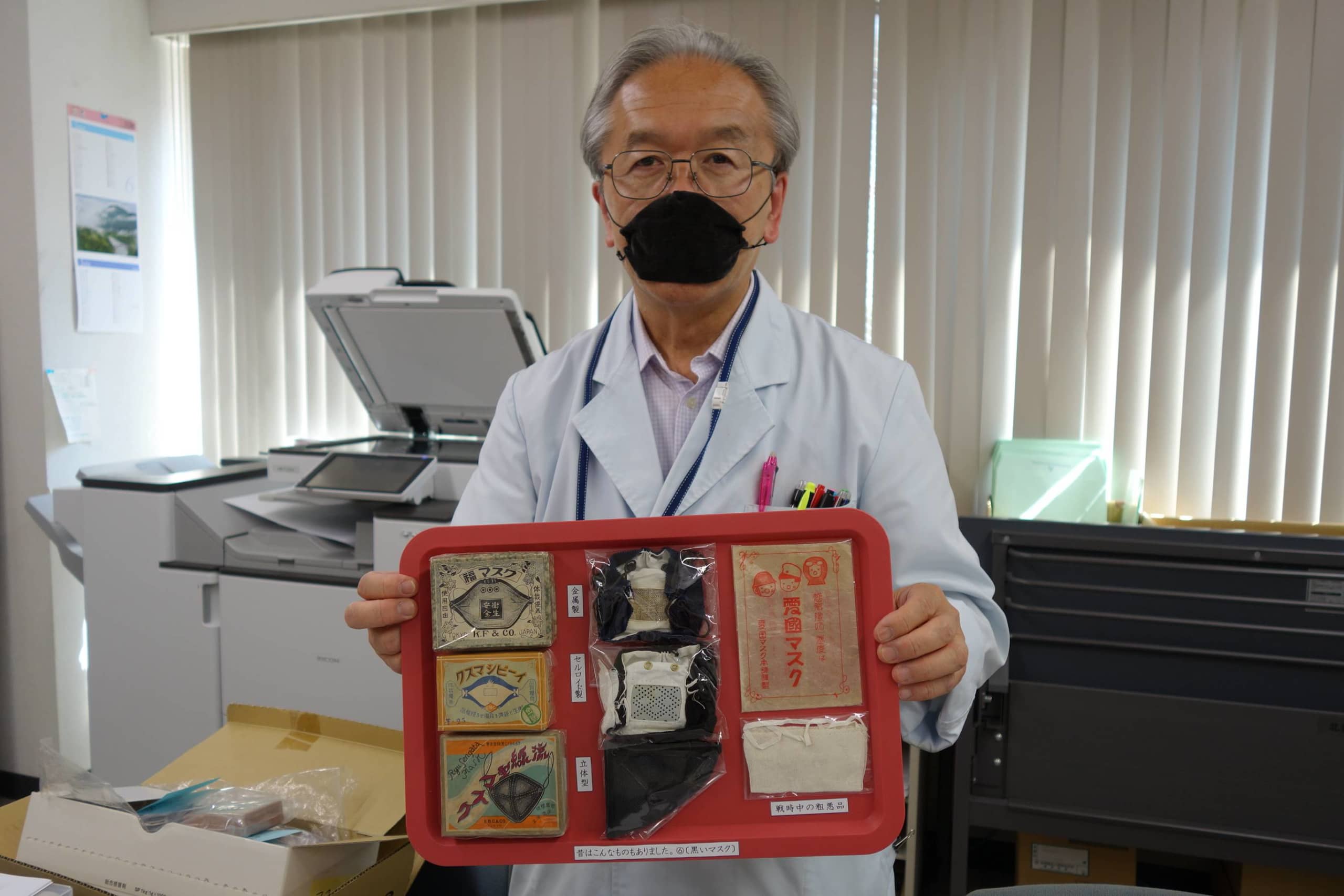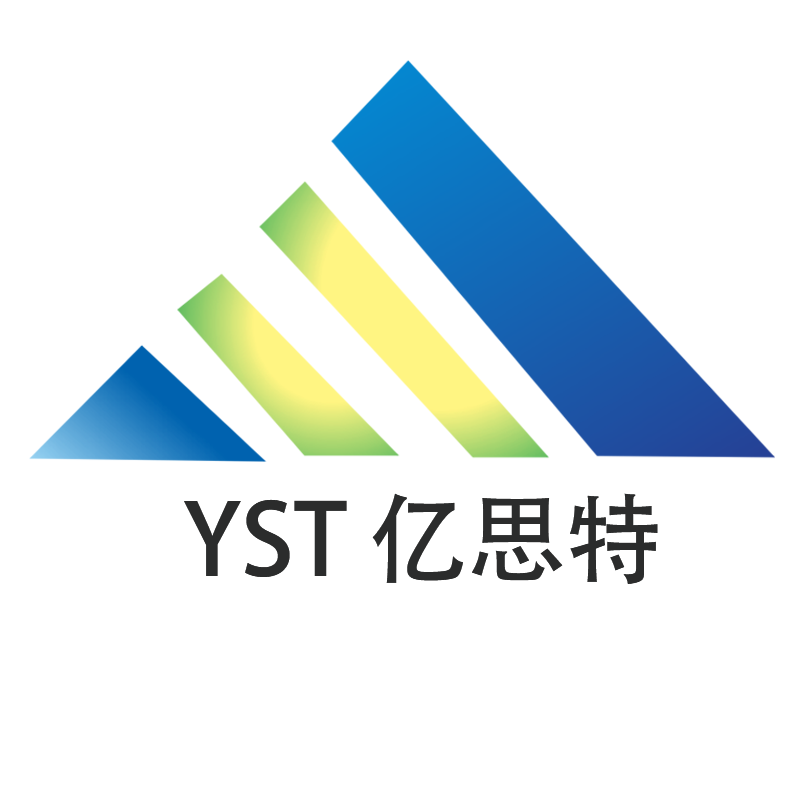In Japan, it’s sometimes said that the eyes speak as much as the mouth.
Perhaps the proverbial phrase captures the essence of the nation’s affinity for face masks, a relationship that can be traced back centuries and a custom to which is attributed Japan’s lower number of deaths from COVID-19 compared with Western nations — in particular the United States, where wearing a mask has recently become a politically charged issue.
Masks are now omnipresent in Japan as a result of the pandemic, thanks in part to an inherent mask-wearing culture. Besides being sporadically worn during hay fever and influenza seasons, masks have expanded beyond their traditional role over the years and have even been adopted by the fashion and beauty industries.
There are masks that cut ultraviolet rays and prevent glasses from fogging, and masks that make the face look slimmer. There’s even a term for women who look good in masks — masuku bijin (masked beauty) — and contests are held to decide who among them looks the most attractive donning one. The key, apparently, is the enhancement of the eyes.
It’s good business, too. With global cases of the novel coronavirus on the rise as Japan’s humid summer arrives, companies across industry lines are rushing to produce cooling and drying face masks to help cope with the sweltering heat that medical experts warn could lead to breathing difficulties and dehydration.
On June 19, the day the Oklahoma Supreme Court rejected a requirement for face masks and social distancing at Donald Trump’s campaign rally in Tulsa, hordes of customers weathered the rain and queued at Uniqlo shops in Japan. They were there to purchase the apparel giant’s Airism brand face masks with breathable fabric, which went on sale that day. The masks sold out almost instantly, and shoppers accessing the firm’s online store crashed the site.
“We can’t disclose sales figures, but the reception is overwhelming,” says a spokesperson for the company, adding that Uniqlo plans to produce 500,000 Airism masks a week for the time being.
Other, lesser known makers are also devising creative ways to make masks bearable in the summer heat. Knit Waizu, a Yamagata Prefecture-based knitwear manufacturer, began selling reusable cloth masks in refrigerated vending machines in mid-March when cases of COVID-19 began climbing and a nationwide shortage of masks made headlines.
“We primarily assemble sweaters but decided to make masks when sales began falling amid the pandemic,” says Katsuyuki Goto, the president of the company. “Since we have a vending machine set up in front of our office, we experimented by loading it with masks.”
The refrigerated masks, selling for ¥690 each, were an instant hit. Sensing an opportunity, Knit Waizu in May introduced its ¥1,300 hiyashi (cooled) mask, a reusable cloth mask with pockets in which to insert ice packs. “We’ve sold 50,000 so far, and are looking to expand sales channels,” Goto says.
Meanwhile, Yamashin-Filter Corp., a manufacturer of filters for construction machinery, has adapted its technology to develop “nanofiber” masks and filters using ultrafine synthetic fibers with hard-to-penetrate gaps.
Yamashin says the diameter of fibers used in typical face masks is around 3 microns. By comparison, those in the company’s masks measure between 0.2 microns and 0.8 microns. A COVID-19 particle is around 0.1 microns in size, and the layered mesh of the filter is fine enough to block particles bearing the virus, it claims.
And while a majority of masks sold in Japan are imports, a Yamashin spokesperson says the company’s masks are manufactured domestically to ensure a stable supply for the local market.
“It takes around a week for us to deliver the product after receiving orders, but they’re doing very well,” the spokesperson says.
That’s not all. Kimono maker Otozuki co-produced a face veil for nightclub hostesses that looks similar to those worn by belly dancers. And in July, sports gear maker Yonex Co. began offering masks containing xylitol, which absorbs heat and responds to sweat.
With so many masks out there, knowing how to select the right one can be confusing.
Kazunari Onishi, an associate professor specializing in public health at St. Luke’s International University in Tokyo, says the two most important functions of masks are capturing airborne particles and containing virus transmission.
“It’s crucial that the mask is the right fit and there are no open spaces when they are worn,” he says.
For protection against COVID-19, filters that capture particles down to 0.1 microns are essential. N95 or masks with a tight fit and high filtration capabilities that meet requirements of medical professionals will do the job, but they need to suit the user’s facial features, says Onishi, who last year published a book, “The Dignity of Masks.”
Any apertures will reduce the mask’s ability to shut out and conceal pathogens. That means masks touting breathability and those with cooling packs attached, for example, could be less effective due to wider spaces between fibers and the likelihood of slipping off due to their weight.
In terms of material, Onishi advises users to purchase those made from nonwoven fabric. The efficacy of cloth masks, such as the gauze masks the government distributed to households — dubbed the “Abenomask” — is limited. However, even cloth masks help curb the spread of viruses into the air, preventing people from touching their noses or mouths while keeping the throat moist, Onishi says.
The bottom line: During a pandemic it’s always better to wear a face mask, regardless of its quality.

But why have masks become so universally accepted in Japan? In other East Asian nations, the public practice became widespread in 2003 when SARS, another variant of the coronavirus, spread from China to neighboring countries. Crippling health care systems and leaving a trail of infections and deaths, the sickness ingrained a profound fear of viral respiratory diseases and opened eyes to the importance of masks in containing outbreaks.
Japan, however, was largely spared from the SARS epidemic, recording zero fatalities. To understand the nation’s relationship with masks, there’s a need to look further back in history, says Tamotsu Hirai, a clinical pharmacist and an avid collector of vintage medical paraphernalia.
Covering the mouth with paper or the sacred sakaki (Japanese cleyera) leaves to prevent one’s “unclean” breath from defiling religious rituals and festivals has been common from ancient times, Hirai says, and is a custom still observed at Yasaka Shrine in Kyoto and the Otori Grand Shrine in Osaka, among others. During the Edo Period (1603-1868), the practice seems to have penetrated a significant portion of the population.
During an interview at his office in Western Tokyo, Hirai pulls out a framed, multicolored woodblock print showing kimono-clad patients receiving treatments from people who appear to be a masseuse, an acupuncturist and a doctor. “This nishiki-e dating from the Edo Period depicts a scene of a medical clinic,” he explains. “If you take a close look, you’ll see one of the patients covering his mouth with what appears to be a piece of cloth.”
The modern history of masks begins in the Meiji Era (1868-1912), according to Hirai, who makes regular trips to antiques fairs held in the capital to find old pharmaceutical equipment.
Initially imported for mine, factory and construction workers, facial masks back then featured outer shells made from cloth fitted with brass wire mesh filters. In 1879, one of the first domestically produced masks was advertised in newspapers. Hirai owns one of these prototypes, carefully preserved in its original box adorned with a retro-chic illustration of a man wearing a mask with the inscription “RESPIRALTLL.”
Celluloid gradually overtook metals to become the material of choice for the mesh filters. Costing around ¥3,500 by today’s standards, these weren’t cheap, Hirai says, and were made to be reused after replacing the gauze sheets, sold separately, that were inserted between the mouth and the mask.
The mask business flourished during the Taisho Era (1912-26) as the economy boomed with factories filling orders from Europe in the throes of World War I. Numerous products made from leather, velvet and other materials advertised under various brands inundated the market.
But the single most important event that elevated masks from being a luxury item to an everyday product for the masses was the Spanish flu, which killed tens of millions around the world between 1918 and 1920.
In Japan alone, 450,000 perished according to some estimates, with an additional 280,000 believed to have died on the Korean Peninsula and in Taiwan, which were under colonial Japanese rule at the time.
Saburo Shochi, a famously long-lived academic, was often interviewed about his experience during the pandemic.
In a story that ran on Nikkei Medical in 2008, the 90th anniversary of the start of the Spanish flu outbreak, Shochi recalled losing his classmates to “the bad cold.” Shochi said most of his family, including himself, then around 10 years old, caught the disease and were unable to get out of the futon for days. The infectious nature of the virus eventually became known, and people started wearing masks, which seemed to offer protection from the influenza, he said.
Educational posters from the period feature slogans such as “reckless are those who don’t wear masks.” And for those who couldn’t afford to buy masks, newspapers began giving instructions on how to make them at home, much like the online mask-making tutorials that flourished during Japan’s latest mask shortage.
During the early part of the Showa Period (1926-89), masks similar to today’s three-dimensional models were produced, but shortages arose during World War II when raw materials were reserved for the military. Simple and cheaper gauze masks became the norm. By the end of the war, the face mask — once a symbol of affluence — was reduced to a piece of gauze with strings attached.
“These were the bare essentials,” Hirai says, pulling out a flimsy sheet of cloth tucked into a thin, paper package bearing the words “aikoku masuku” (“patriot mask”).
In the postwar years, masks gradually evolved into the current form, with white, disposable, nonwoven pleated masks becoming mainstream.
“This evolution of masks is something quite unique to Japan,” Hirai says.
As of July 3, Japan counts 19,068 that tested positive for COVID-19 and 976 deaths. While Trump has made a point of not wearing a face mask in public until an abrupt U-turn on July 1 where he said he’s “all for masks,” Japanese politicians have adopted masks in a wide range of designs, often incorporating regional motifs and features to promote their respective localities.
Populist Tokyo Gov. Yuriko Koike, known for her daily coronavirus briefings, has worn a variety of masks, some displaying an initial of her given name and others with illustrations of rabbits and apples. Replicas of the masks she wears are even being sold on flea market apps.
During a radio appearance in April, Koike summed up why we need to cover our mouths.
“It’s safe,” she said, “and, most importantly, we don’t want to put others in harm’s way.”











